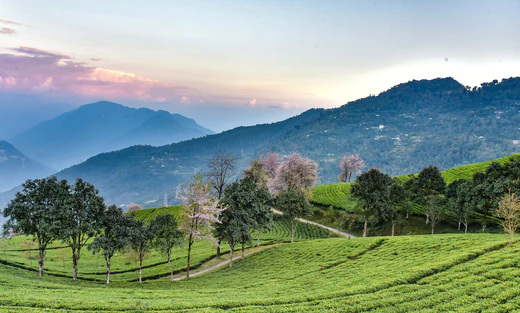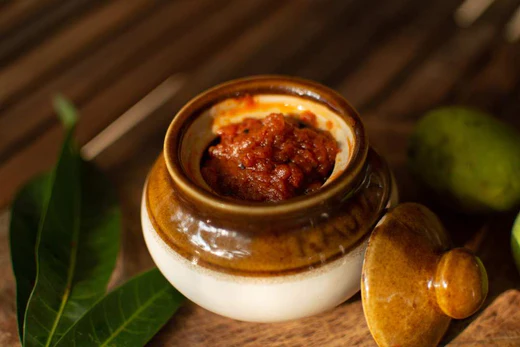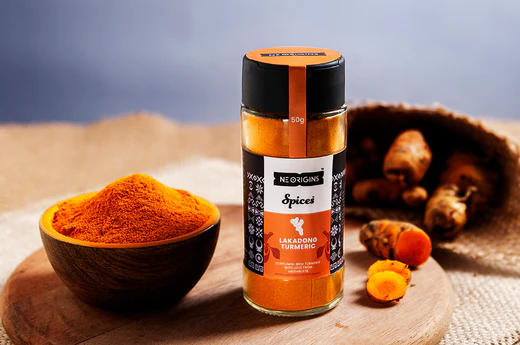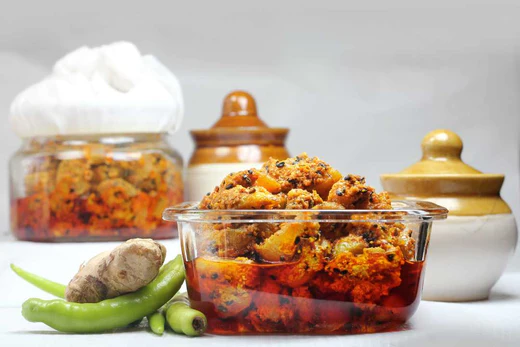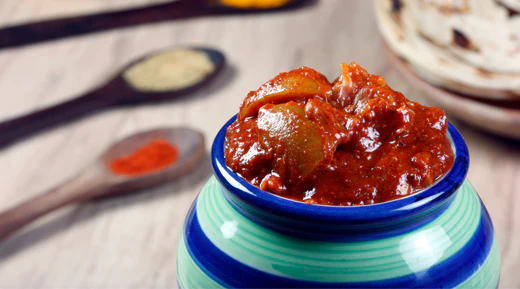Soibum: Fermented bamboo shoots and its preparation techniques in the North Eastern states

Fermentation is a largely inclusive and a widely used technique in many of the North eastern states. Fermentation in terms of food is a prevalent practice within these states and they do it for various reasons.
Some of the major reasons for the practice of fermentation in the North East are because:
- The weather in this region of the country experiences long periods of rainfall and trapped moisture. This is the reason why foods quickly decay and get bad due to the weather; if not cured well, the food goes to waste.
- The process of fermentation increases the health benefits in foods that are consumed in these regions. The health benefits include increased nutritious value, increased metabolism, great digestive health and a plethora of antioxidants in the body that help with anti-ageing.
- Consuming fermented foods helps keep warm and active. As mentioned above, fermented foods increases metabolism, so in places with a lot of rainfall and cold weather, the body keeps warm precisely due to increased metabolism.
- Fermented foods are rich in microorganism cultivation which means they have increased probiotic properties as compared to other kinds of foods. The probiotic effects of the microorganism include lowering cholesterol levels.
- Also known as the green gold of India, the fermented foods are known to have anti-cancer properties, prevent cardiovascular problems, reduces blood pressure.
The rainfall observed in the North East Region is comparatively higher than the rest of India and due to this cold and humid weather; it becomes a task to prevent foods from decaying. If the rains are incessant even good fresh meats or vegetables decay in 2-3 days. It becomes absolutely indispensible to find ways to cure and protect foods from going to waste.
Fermentation is one such process that helps keep food, nutritious, healthy, fresh and edible for a long time. If a certain food has been fermented well enough the shelf life almost reaches for an entire year. The few days of hard sun that we get in the region are what we have to work with… and do all our chores that require sunlight, within this timeframe.
In the list of items to ferment, is the Bamboo shoot. This is another item that is consumed as a staple within many of the North East Indian States. Bamboo shoot is almost like potato in terms of usage. Like potatoes go well if paired with any kind of vegetable, Bamboo shoot also has a similar flavour profile which is neutral as well as earthy and goes well with any vegetable mix.

The fermentation process of Bamboo shoots, even though similar in technicalities, varies in tools just like it varies in names within the states.
The most basic process of fermentation is however:
- Young bamboos are searched and cut off.
- The other inedible casing of the Bamboo is peeled off and the bamboo within is sliced into thin french-fries like shapes and washed thoroughly in water.
- The sliced bamboos are then kept in water for 2 days.
- After 2 days the bamboo is strained off the water and left to dry until no more moisture can be felt.
- The dried bamboo is then stuffed into an earthen pot and covered well.
- The pot is left at a dark corner of the home for the fermentation process to commence for a period of 3 months to 1 year.
- When the pot is uncovered the bamboo has become Soibum (fermented bamboo) and is now ready to be used in meals, soups and broths.

soup made from fermented bamboo shoots
Let’s take a look at how different states within the north east prepare this ingredient in their own ways.
Sikkim:
In Sikkim fermented bamboo shoots are called mesu. The shoots are collected from three different species of bamboos namely: the Bhalu Bans, Chuya Bans and the Karati Bans. The shoots are plucked and peeled, and later chopped into thin sticks. Washed, dried and then pressed tightly inside the hollows of a bamboo stem. These stems are left to ferment in anaerobic conditions for 15-16 days. In Sikkim, Mesu is commonly consumed as pickle. Mesu is prepared by the Limboo community of Nepal and surrounding areas but has been picked up by many other communities surrounding them. The Mesu is sold mostly in the rainy season in local markets.
Manipur:
In this state the tip of a matured bamboo shoot of the species Teinostachya wightii, Dendrocalamus giganteus Munro, Melocana bambusoides Trin and Bambusatulda Roxb. Are taken and the lower portions are disposed. These tips arte then submerged in an earthen pot full of water. The sour liquid from the previous batch of submerged bamboo tips is added to the fresh batch as a starter for the process of fermentation. The tips are then left to ferment in the solution at a room temperature for almost 6-7 days. In order to heighten the flavour profile of the soidon, leaves known as the Heibung, is added to the fermenting container. The tips can be strained off the water and kept in a closed container for almost an entire year and then when it is finally ready it is prepared as a pickle or as curry. According to legends, some of the best soidon is known to be prepared in Bishnupur Village of Manipur and sold in local markets.

Meghalaya:
The traditional fermented bamboo from this state is called Lung-Siej. This is made from the Dendrocalamus hamiltonii bamboo species found in Meghalaya. Similar to Mesu; the bamboo shoots are selected, defoliated, washed and cut into small fingers and stuffed into bamboo hollows or glass bottles. In bamboo hollows after the stuffing of the shoots, the bamboo is covered with a muslin cloth and tied with a thread. The ends are sealed to prevent water inside the bamboo from seeping out and turning all the shoots black an unfit to for consumption. The bamboo cylinders are hung upside down over a water body for 3-4 months for the fermentation process. However the Lung-Siej made in a bottle is better preferred to the one made in bamboo cylinders. After it is completely prepared, the Lung-siej is prepared with vegetable and meat curries or with fish.
Arunachal Pradesh:
In arunachal Pradesh, Bamboo shoots that are fermented are known by different names according to the dialect and tribe preparing it. Some of the names it is commonly known by are Ekung by the Nishi community, Iku by the Adi community and Hikku by the Apatani tribe. Bamboo shoots, of the species Dendrocalamus giganteus Munro, Bambusa tulda Roxb, Bambusa balcooa Roxb. And Phyllostachys assamica Gamble ex Brandis are selected and defoliated. Then they are cut into long but thin finger like shapes and washed and dried. Later in the woods, a pit is dug near a water body and prepared as a fermentation space. The sliced bamboo is laid in a bamboo basket and wrapped with leaves. The baskets are then submerged in the pit and really heavy stones are used to press down the basket so that any excess water is pushed out of the shoots and the fermentation happens perfectly. The shoots are fermented for 1-3 months. After it is prepared, the ekung is taken out of the basket and then stored in air tight containers. The fermented shoots can then be used to cook with meats, vegetables and fish or sold as is in the local markets.

Fermented bamboo shoots are an amazing source of strong nutrition and probiotic elements that keep your digestive as well as cardiovascular health on a check. Some of the best foods that come from the north east involves fermented foods, and it is only matter of few more years when this fermented super food with be known to the whole wide world and people will actually start to adopt these practices of food conservation and curing that is already prevalent in the North Eastern parts of India. If you are intrigued and would like to try Soibum from the North east, head to the neorigins website and get some now!

